
“101 Ways to Save Money on Your Tax Legally 2016-2017” has been added to your cart. Continue shopping
Putting A New Spin on Groups: The Science of Chaos (PDF/EPUB Version)
$18.99
Description
Putting a New Spin on Groups: The Science of Chaos, Second Edition continues to challenge orthodoxy and static ideas about small group dynamics. A primary goal is to offer an alternative model of group development that addresses three factors:
*The model integrates old ideas from previous models of group development with new concepts from chaos theory and the work of Arthur Young.
*The book emphasizes the importance of conflict in group development and recognizes that group growth–while progressive–is neither linear or unidimensional.
*Particular attention is focused on how groups change, evolve, and mature.
In addition, this book highlights certain group phenomena that have been given only cursory attention in many group textbooks, including women in authority, group metaphors, regressive groups, and the transpersonal potential of small groups.
*The model integrates old ideas from previous models of group development with new concepts from chaos theory and the work of Arthur Young.
*The book emphasizes the importance of conflict in group development and recognizes that group growth–while progressive–is neither linear or unidimensional.
*Particular attention is focused on how groups change, evolve, and mature.
In addition, this book highlights certain group phenomena that have been given only cursory attention in many group textbooks, including women in authority, group metaphors, regressive groups, and the transpersonal potential of small groups.
This book has been revised in response to feedback from reviewers and colleagues and includes new ideas, applications of chaos theory in social sciences, and thinking about group behavior. It is an intellectually challenging read with just the right amount of world application.

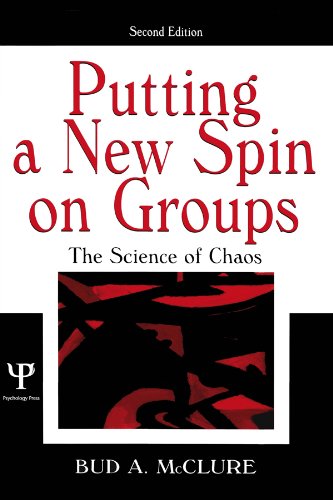
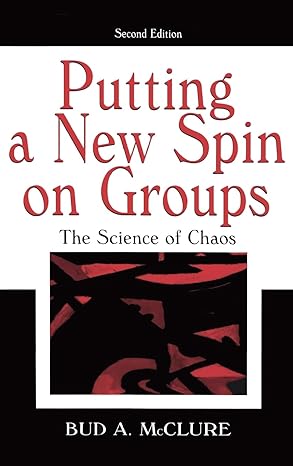
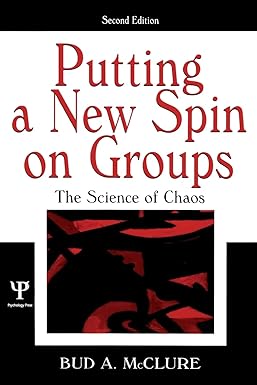
_newb4vkpp4.jpg)
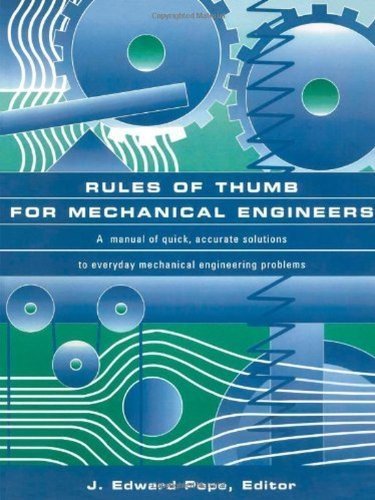
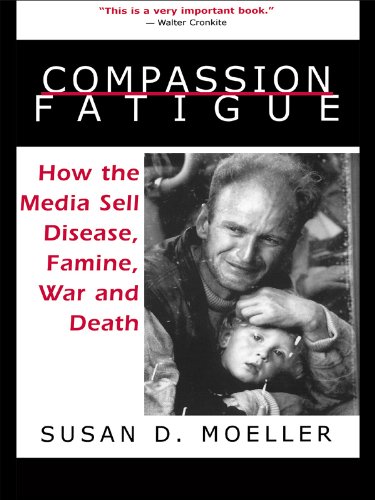
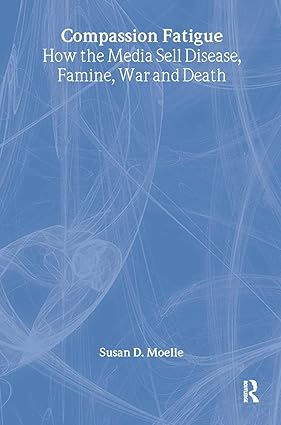
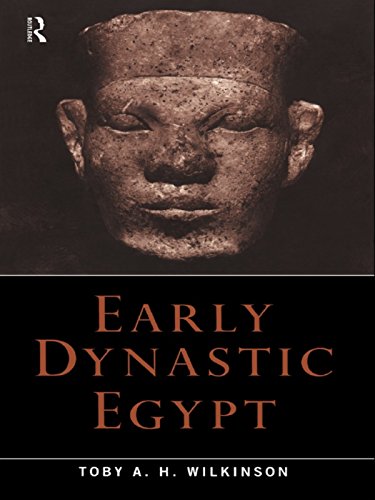
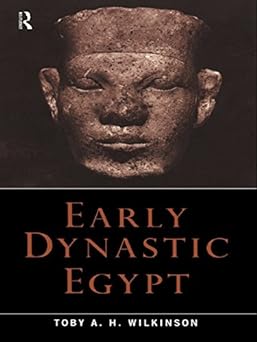


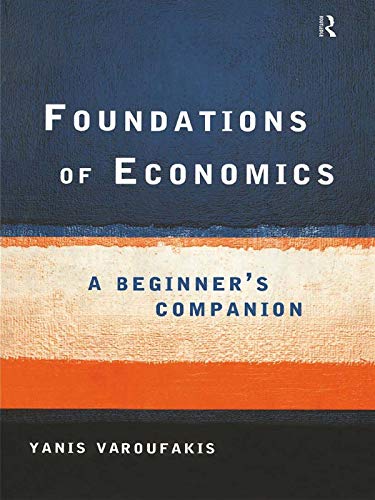
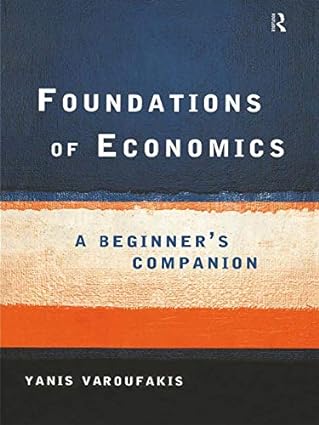


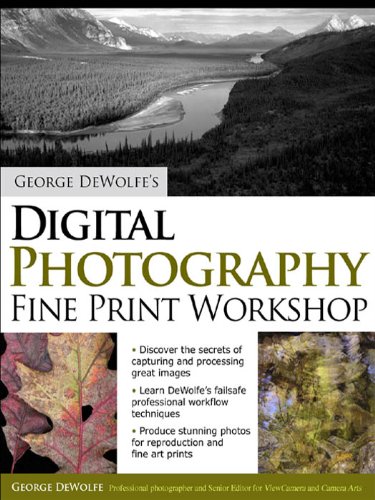



_ks1bb9fllq.jpg)
_md1sivs3ar.jpg)